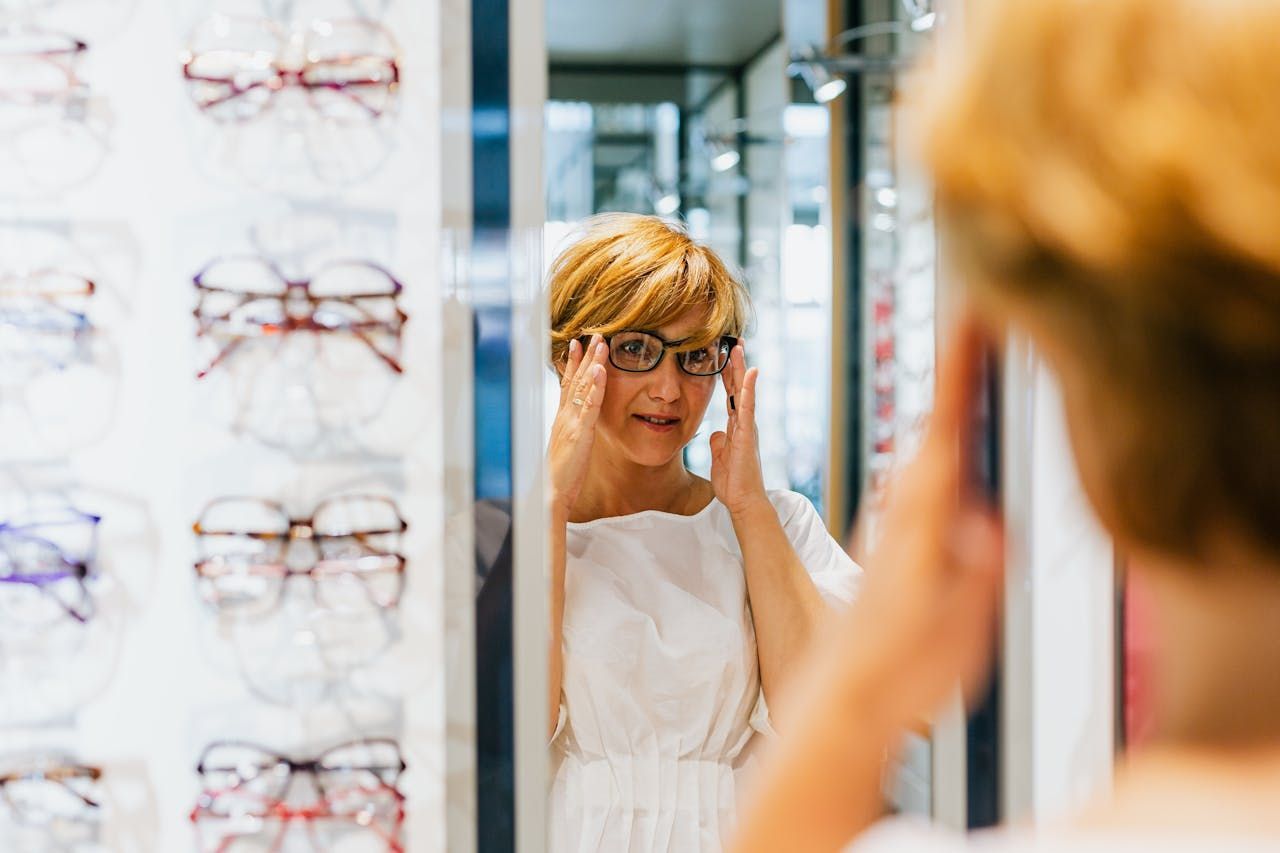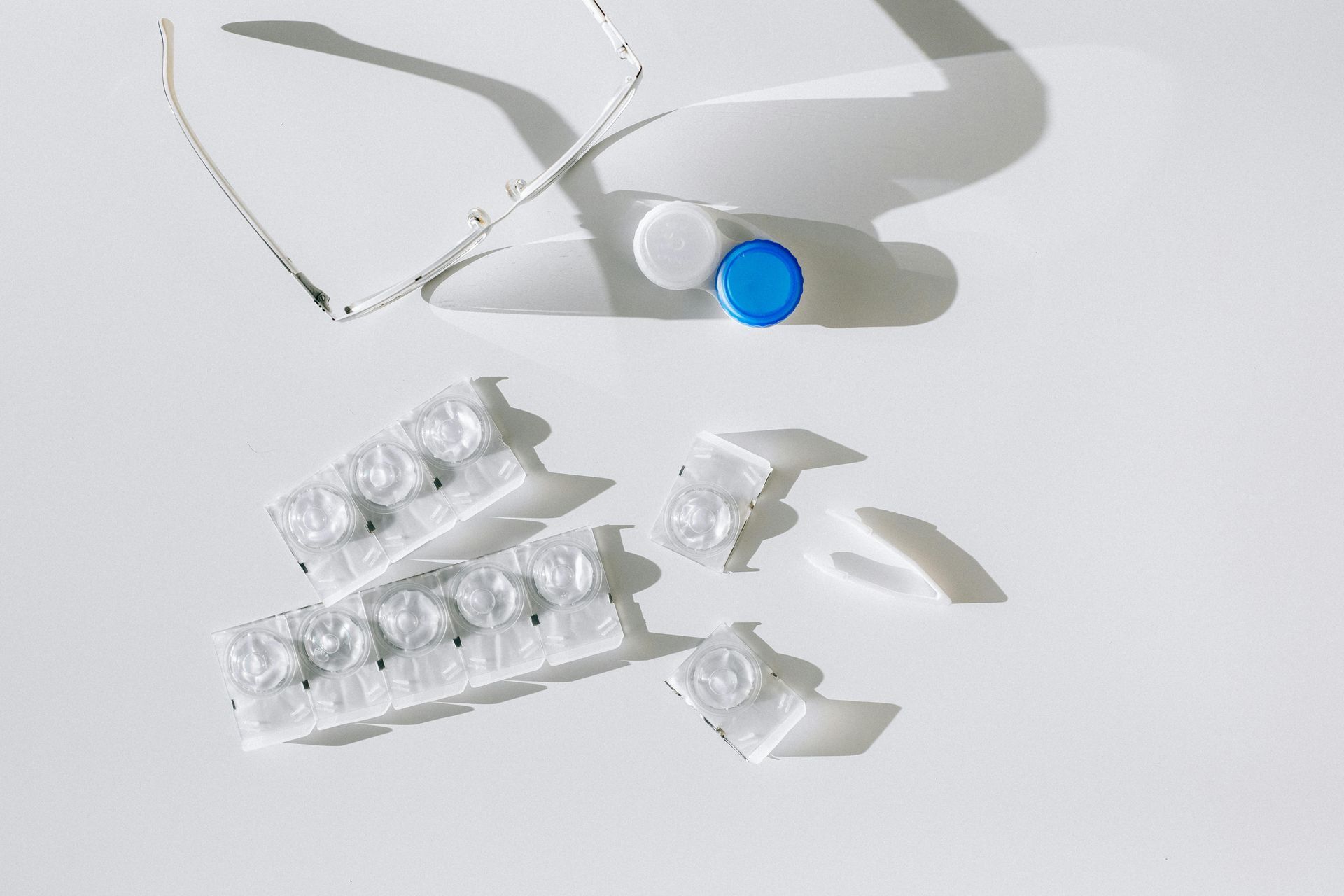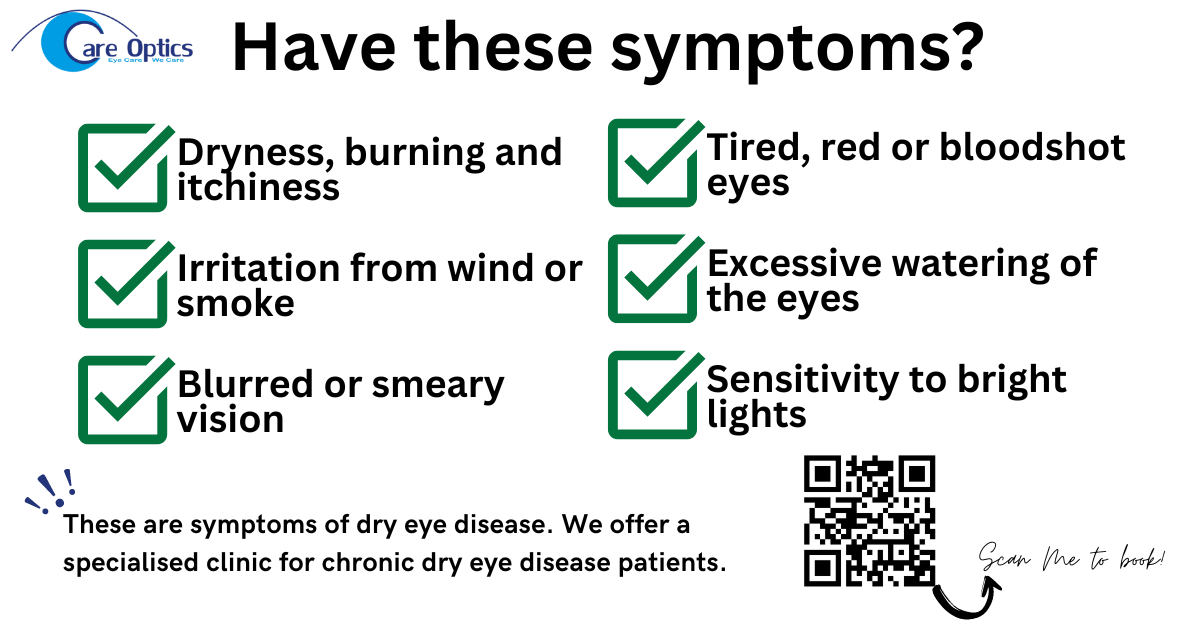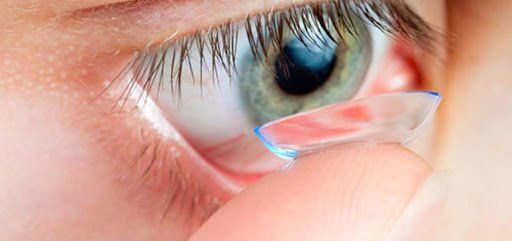What is myopia caused from? - A Global Pandemic
- By Monica Coelho
- •
- 10 Jan, 2023
- •
What can we do to help your child

Evidence shows that Myopia is growing around the world, with a recent study estimating that on average, 30% of the world is currently myopic and by 2050, almost 50% will be myopic - that’s 5 billion people! The map below shows how much is estimated that the Myopic population will grow from now to 2050.
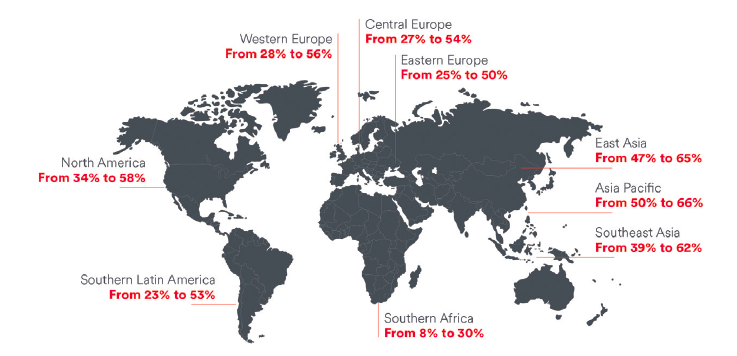
Myopia can be defined
as a condition of the eye with a spherical equivalent refraction of at
least -0.50D that produces
poor distance vision. However, the definition of high myopia is rather vague, although of
more concern because of the associated pathological complications. High myopia is usually defined as ranging from -5.00 to -12.00D and there is agreement among experts that high myopia increases the risk of pathologies such as cataracts, glaucoma, retinal detachment and macular degeneration all of which can result in irreversible loss of vision.
Myopia Risk Factors
There are 2 main causes when it comes to Myopia development - those are Genetics and Enviroment.

Even though there seems to be a high ration of inherited Myopia,environment also seems to play a very important role. Increased outdoor activity has been shown to prevent the onset of myopia,with a visible response between the time spent outdoors and the risk of incident myopia. Interestingly, by simply being outside without engaging in a sport or activity has shown to reduce the prevalence of myopia.
There is mounting public concern that modern society’s dependence on computers and handheld technologies may be contributing to the increasing global incidence of myopia as children are spending long periods of time on devices for school work and also during their free time. It is advisable that children should spend at least 2 hours outside every day to profit from the natural sunlight.
How can I help my child?
There are a few things that can be done about Myopia Management, but the 2 that seems to work best are:
- Corrective Spectacles - That can have Single Vision, Bifocal or Varifocal lenses, according to the child's problem;
- MiSight® 1 day Contact Lenses - MiSight 1 day not only correct short-sightedness—they’re also the first soft contact lenses proven to significantly reduce the progression of myopia in children. When wearing MiSight 1 day contact lenses, your child can experience clear vision, freedom from glasses and continue to enjoy the activities they love. MiSight correct and slows the progression of short-sightedness in children by 59%, utilising special ActivControl® Technology.
If you are worried about your child wearing contact lenses from such a young age, there is no need for that! They are safe and we will only fit them once we are 100% sure that your child and yourself are capable of handling them with confidence. From children aged 8-15, who had never worn contact lenses before:
- 90% of children said they preferred wearing their MiSight 1 day contact lenses over wearing their glasses.
- 90% of children were able to insert and remove MiSight 1 day lenses on their own.
- Child-friendly, soft contact lenses that are easy-to-use.
- Convenient daily disposable contact lenses—no need to clean or store them.
So if you suspect that your child has visual problems or if you have history of Myopia in the family, why not book him/her for an eye examination? Eye Examinations are free for children under 16 years old and at Care Optics we pride ourselves on our Optometrist team and their excellence to deal with all sorts of visual concerns and conditions. To book an appoiment you can either call or email us at the practice that suits you best. Contacts for both practices are below:
Woodford
Woodford@careoptics.co.uk
020 3551 6075
Dagenham
Dagenham@careoptics.co.uk
020 8592 6060
Keep in mind: At Care Optics - Eye Care, We Care

Causes
As written above, UV exposure seems to be one of the main reasons for Pterygium development, but wind and dust can also cause it as this leads to Dry Eye Disease, which by consequence will lead to this condition. Genetics may also play an important part, as some people seem to be more at risk than others.
Signs & Symptoms
Pterygium usually appears on the side of your eye that is closest to the nose, but it can also appear on the other sometimes. It is common to have it in one eye only, although sometimes it may appear on both eyes.
There are people who don't experience any symptoms or require treatment in the beginning, but as the growth develops, there can be redness, gritty, itchy or burning sensation, the eyes can become irritated and even swollen.
When the Pterygium starts to invade the cornea, it distorts the shape of the front of the eye, causing the curve of the cornea to change, leading then to refractive errors (Astigmatism in most cases).
Treatment
The treatment depends on the size of the Pterygium itself. If it's just a small growth, your Optometrist/Ophthalmologist can advise the patient on lubricants (eye drops or gels) to temporary reduce symptoms like redness, swelling, itchy or gritty felling.
If the Pterygium is more advanced, the only option is then surgery.
How to avoid it
As previously said, UV radiation and exposure seems to be one of the main reason leading to Pterygium. For that you have the perfect solution that is available for everyone - sunglasses . A good pair of sunglasses will filter the UV rays, giving you a sharper vision but also protecting you from conditions like Pterygium, Cataracts, Glaucoma, etc. Make sure to buy your sunglasses from a Optician instead of a shop non-related to eye care. A good pair of sunglasses should have UVA, UVB and UVC protection, and usually those shops will only have one of those protections - or even none.
We remind you that if you have any of these symptoms or any other, if you need to book an appointment or if you have any queries, please contact us over phone or email. We will be very happy to help you.
Keep in mind: At Care Optics - Eye Care, We Care




